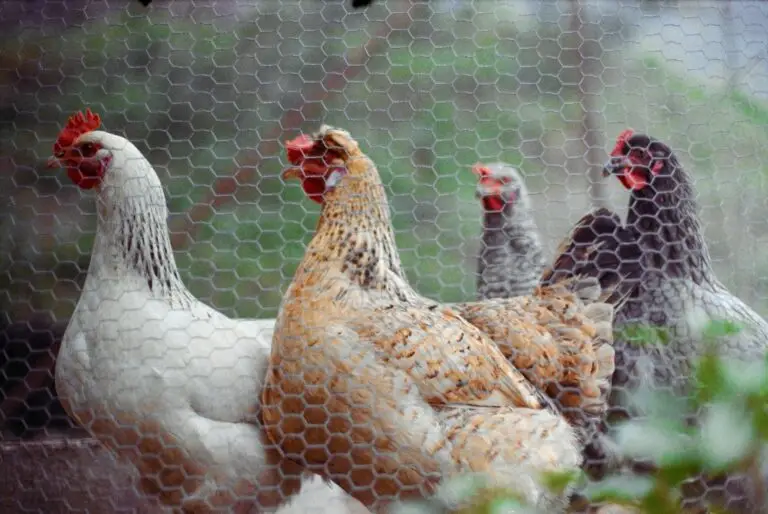Whether you’re running a small homestead or managing a larger farm, working with animals can be incredibly rewarding, but as with most things, it comes with its fair share of challenges. From ensuring their well-being to turning their products into profit, animal management requires knowledge, planning, and most importantly, commitment. In this blog post, we’ll explore essential tips for managing animals effectively, raising them responsibly, and selling their products successfully.
Start with the Right Animals for Your Goals
Before jumping into animal husbandry, consider what you hope to achieve. Are you looking to produce milk, meat, eggs, wool, or other products? Each species, and breed, has its own requirements, benefits, and economic value. You should start small with animals suited to your climate, land size, and market demand.
- Chickens (for eggs and meat)
- Goats (for milk, cheese, or meat)
- Sheep (for wool and meat)
- Cattle (for dairy or beef)
- Bees (for honey and wax)
Create a Clean and Healthy Environment
Animal health begins with a clean, safe, and spacious environment. Provide shelter that protects them from harsh weather, predators, and disease. Clean water, proper ventilation, and regular access to pasture or open space help maintain both physical and mental well-being.
Regular veterinary care and vaccination schedules are also critical, as is biosecurity to prevent disease spread between animals.
Feed for Productivity
A well-balanced diet tailored to your animals’ species and age is vital for high-quality product output; whether it’s eggs, milk, or meat. Feed should be clean, fresh, and appropriately portioned. Don’t forget access to essential minerals and supplements, especially for breeding or lactating animals.
Daily Management & Record-Keeping
Routine care is the foundation of good animal management. Feeding, watering, cleaning, and observing animal behavior daily can help spot issues early. Maintain records for breeding, vaccinations, production levels, and expenses. These records are valuable for making data-driven decisions and proving your farm’s value to potential buyers.
Processing and Selling Animal Products
Once your animals are producing, consider how you’ll market their products. Local farmers markets, co-ops, online shops, and farm-to-table programs are great outlets. For value-added products, like cheese, yarn, or skincare items made from goat milk, check your local food safety laws and certifications.
Key tips:
- Build a brand based on quality and animal welfare.
- Price your products competitively but sustainably.
- Use social media to share your farm story and connect with customers.
Final Thoughts
Raising animals and selling their products isn’t just about profit, it’s about stewardship, sustainability, and connecting with the natural world. With the right planning and passion, managing animals can be both a livelihood and a lifestyle.

